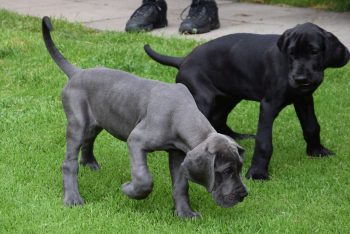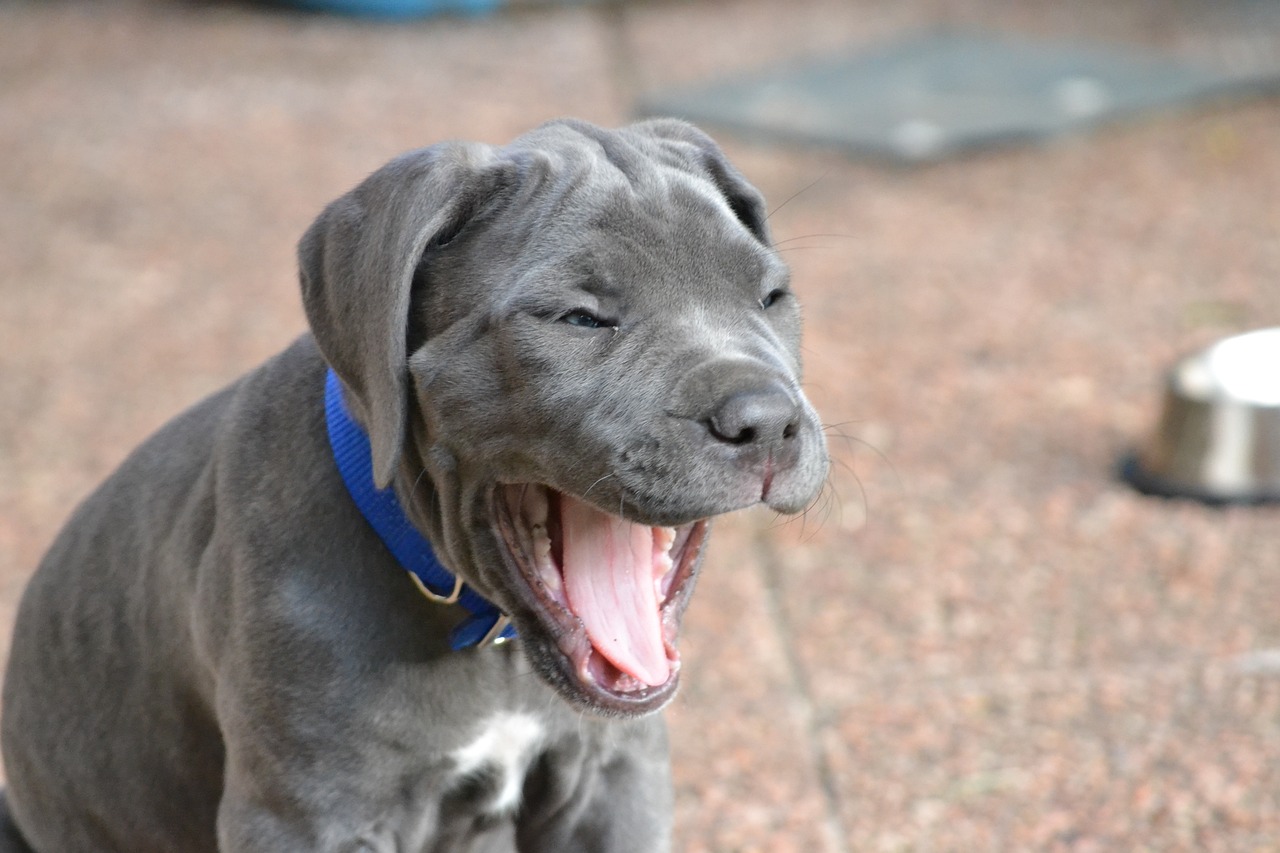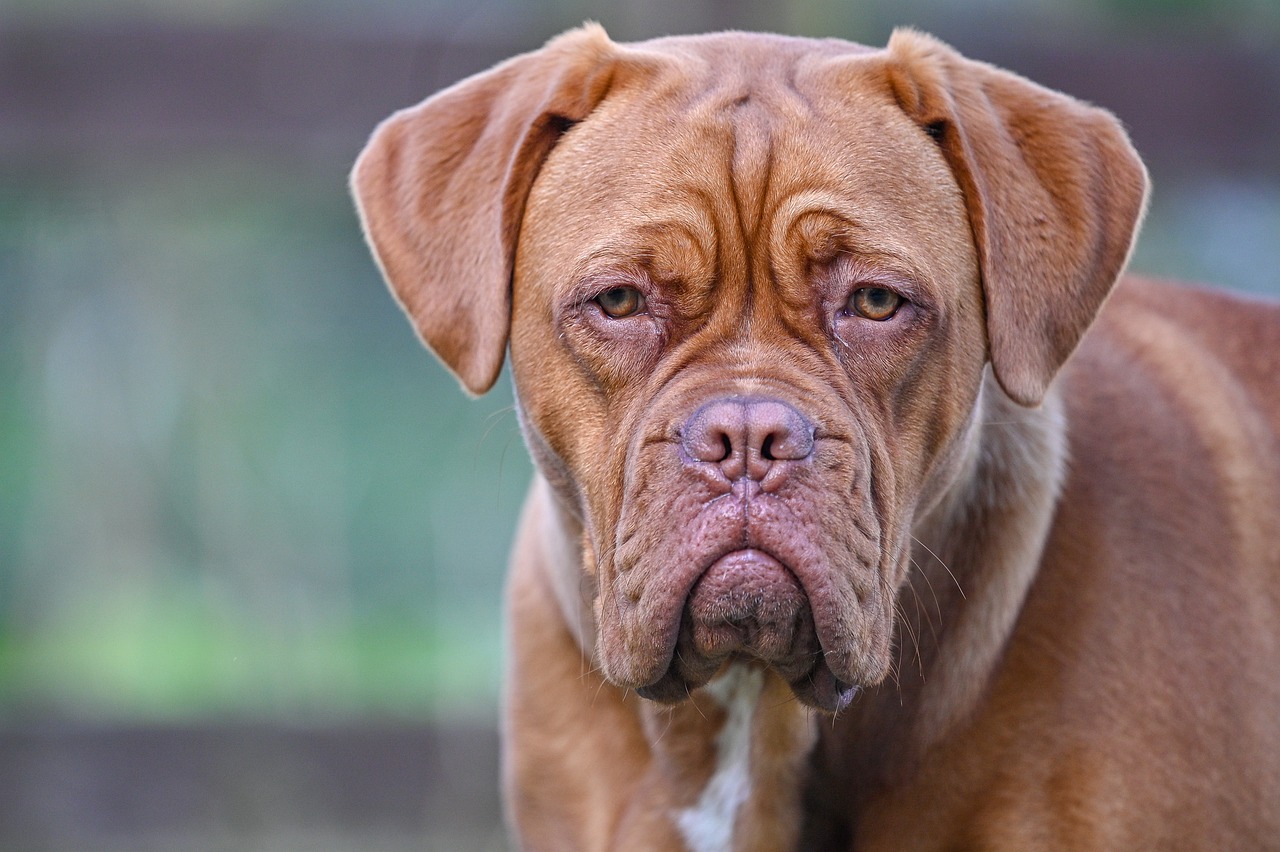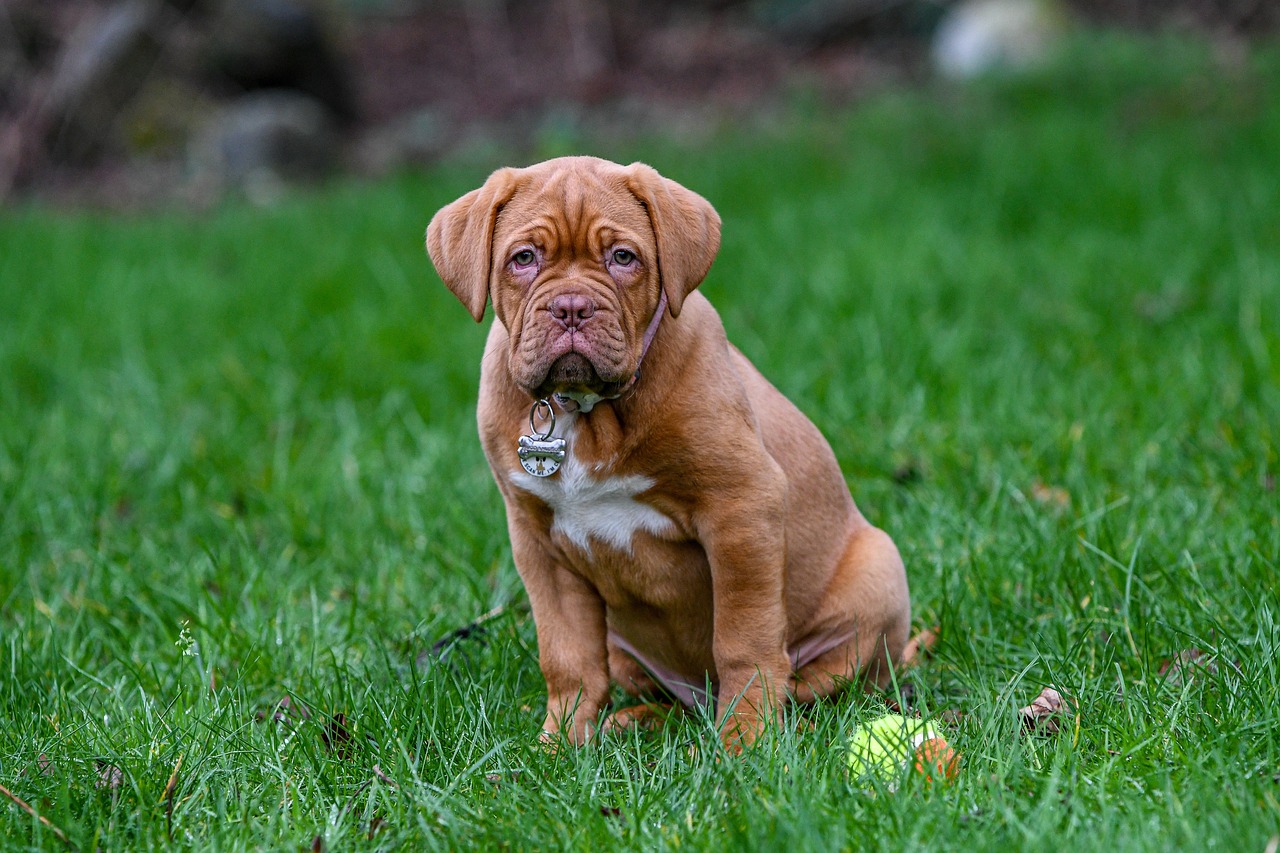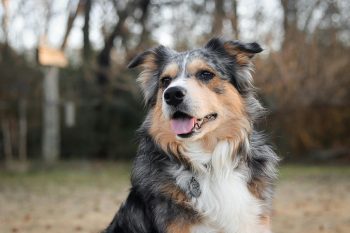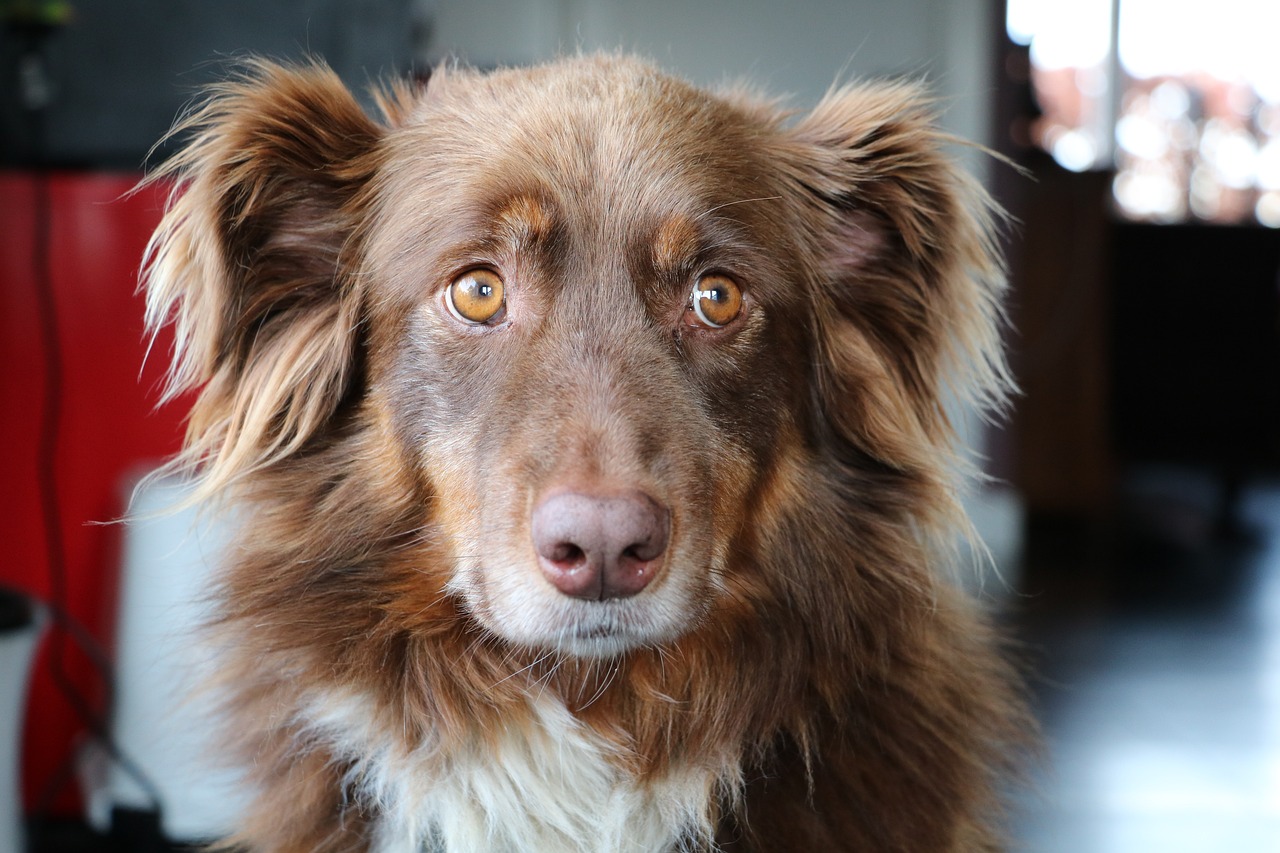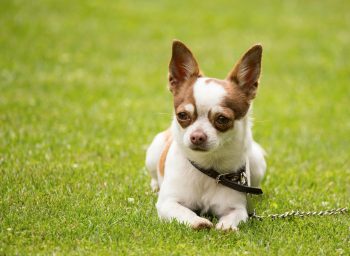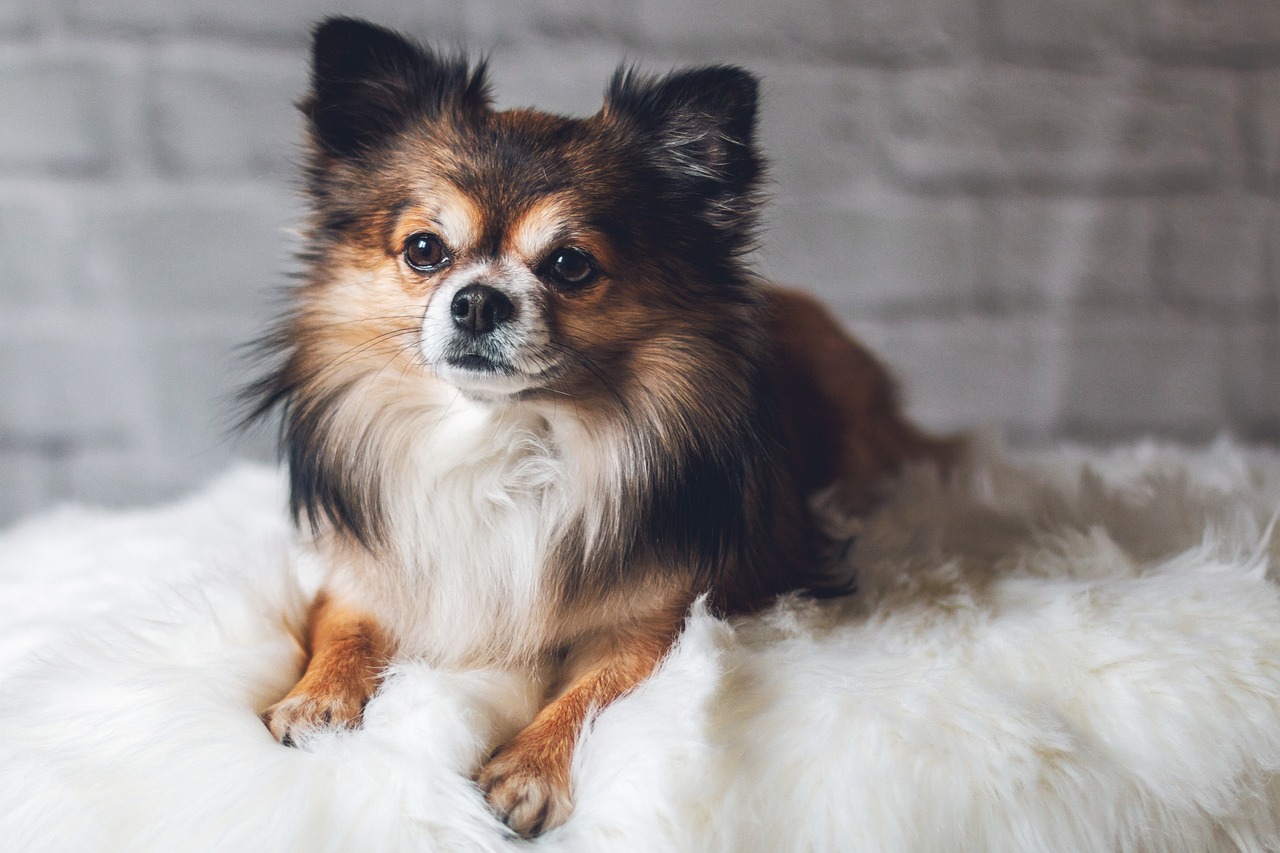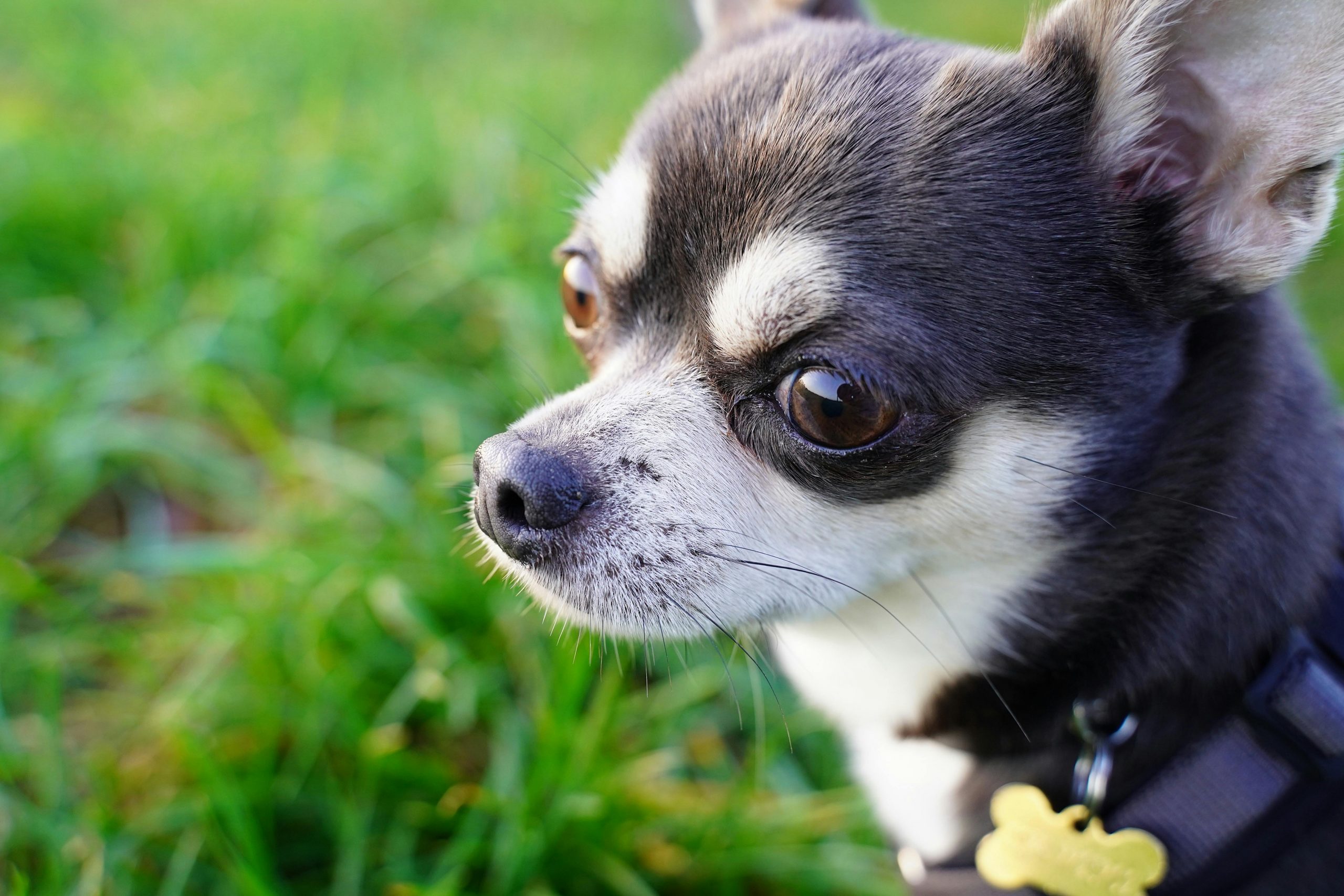12 Dog Breeds You Think You Want, But Probably Shouldn’t Get

Choosing the right dog breed is crucial for ensuring a happy and harmonious relationship between a dog and its owner. While many breeds capture our hearts with their looks, history, or celebrity status, it’s essential to consider the practical aspects of owning a specific breed. Factors such as size, energy level, grooming needs, and temperament must align with an owner’s lifestyle, living situation, and ability to meet the breed’s needs. This article explores 12 dog breeds that, despite their appeal, may not be suitable for everyone. From the high-maintenance coats of some breeds to the demanding exercise needs of others, we delve into why these dogs, though wonderful in their own right, might not be the best fit for every prospective dog owner.
1. Siberian Husky
The Siberian Husky, known for its stunning blue eyes and wolf-like appearance, is a breed that often captivates aspiring dog owners. However, Huskies are incredibly energetic and were bred to pull sleds over long distances. This heritage means they require extensive daily exercise to stay happy and healthy, which can be a challenge for those with busy schedules or limited space. Additionally, Huskies are known for their strong-willed nature and can be difficult to train, requiring a consistent and firm hand. Their thick double coat also sheds heavily, especially during the change of seasons, necessitating regular grooming. Without proper exercise and mental stimulation, Huskies can become destructive, making them a challenging breed for first-time dog owners.
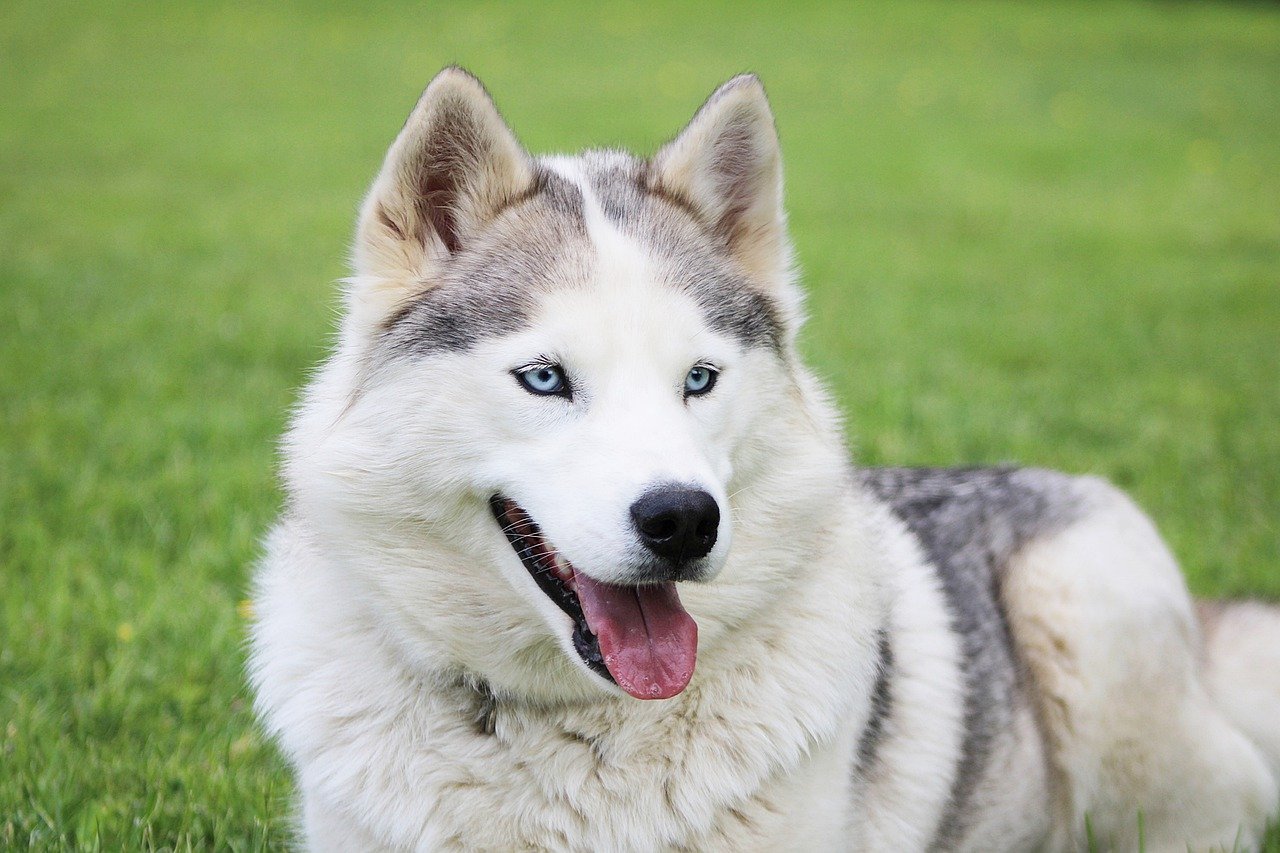
2. Dalmatian
Dalmatians, famous for their unique spotted coats and starring role in “101 Dalmatians,” are highly energetic and require ample exercise. Originally bred as carriage dogs, they have a strong running instinct and need significant daily activity to prevent boredom and destructive behavior. Dalmatians also have a strong independent streak, which can make training a challenge for inexperienced owners. Furthermore, they are prone to certain health issues, such as deafness and urinary stones, which can require special care and diet. Their high energy levels and potential for health issues mean Dalmatians are best suited for active, experienced owners who can meet their needs for physical and mental stimulation.
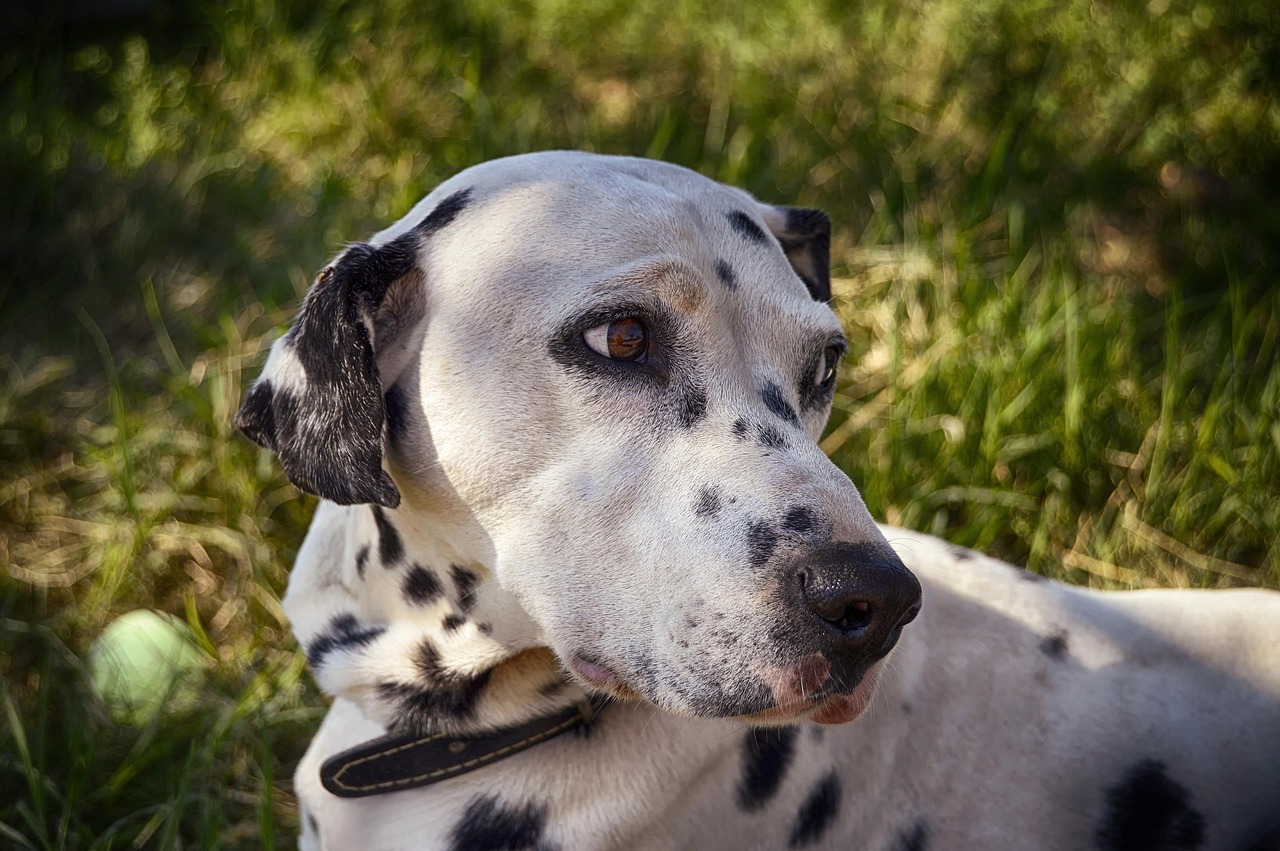
3. Belgian Malinois
The Belgian Malinois is revered for its intelligence, agility, and work ethic, commonly employed in police and military roles. While these traits make them excellent working dogs, they can pose challenges in a home environment. Malinois require extensive mental and physical stimulation; without it, they can become restless and exhibit problematic behaviors. They are also highly protective and possessive, traits that necessitate thorough and ongoing socialization and training. Their intense energy and drive make them unsuitable for casual pet owners or those with limited time to dedicate to training and exercise. The Belgian Malinois thrives in an environment where they can work or engage in high-level obedience, agility, or protection sports.
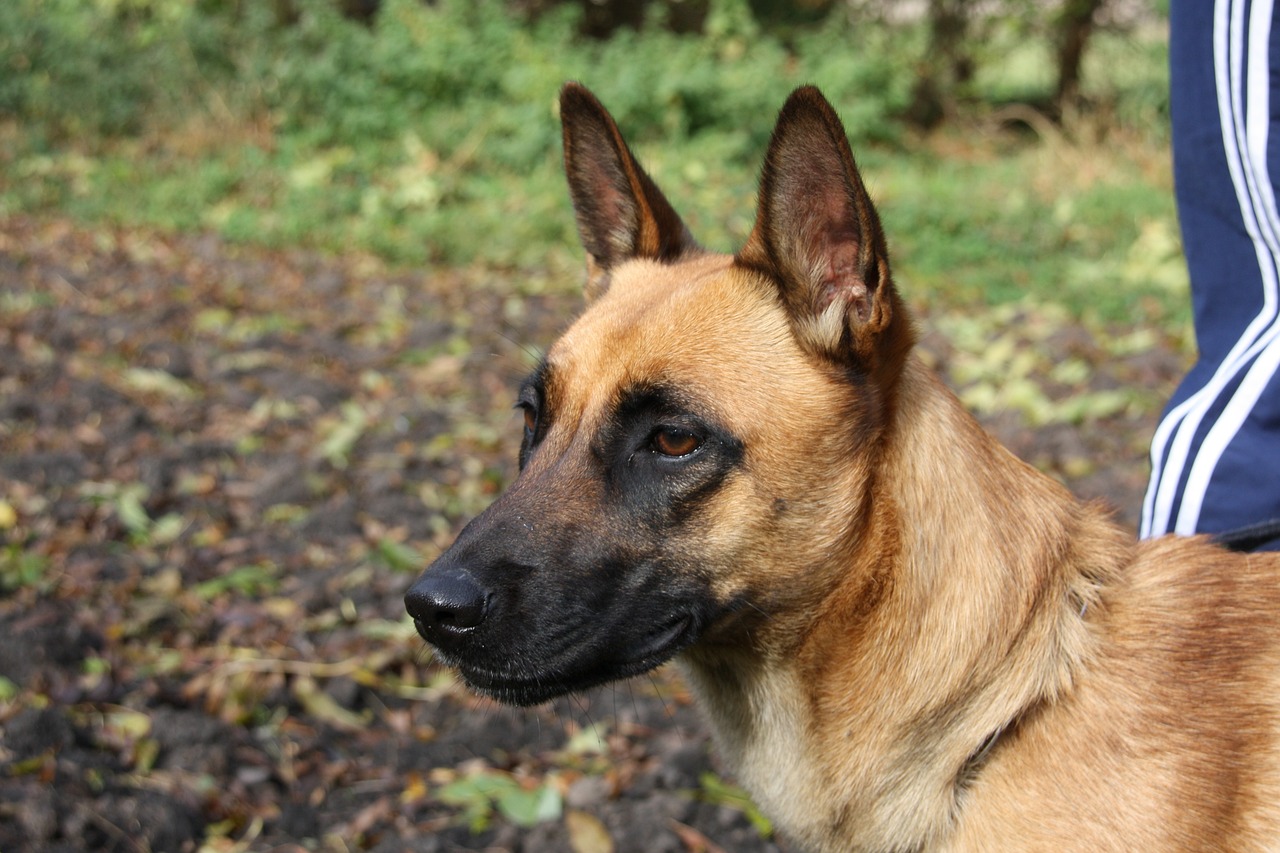
4. Akita
Akitas are majestic, large dogs with a dignified demeanor, originally bred for hunting in Japan. They are fiercely loyal to their families but can be aloof and suspicious of strangers, making early and consistent socialization crucial. Akitas have a strong prey drive, which can be problematic in households with other pets. They also possess a dominant personality that can lead to stubbornness, requiring an owner who can establish and maintain leadership. Additionally, Akitas are known for their heavy shedding and require regular grooming. Their complex temperament and grooming needs make them a challenging breed for first-time or inexperienced dog owners.
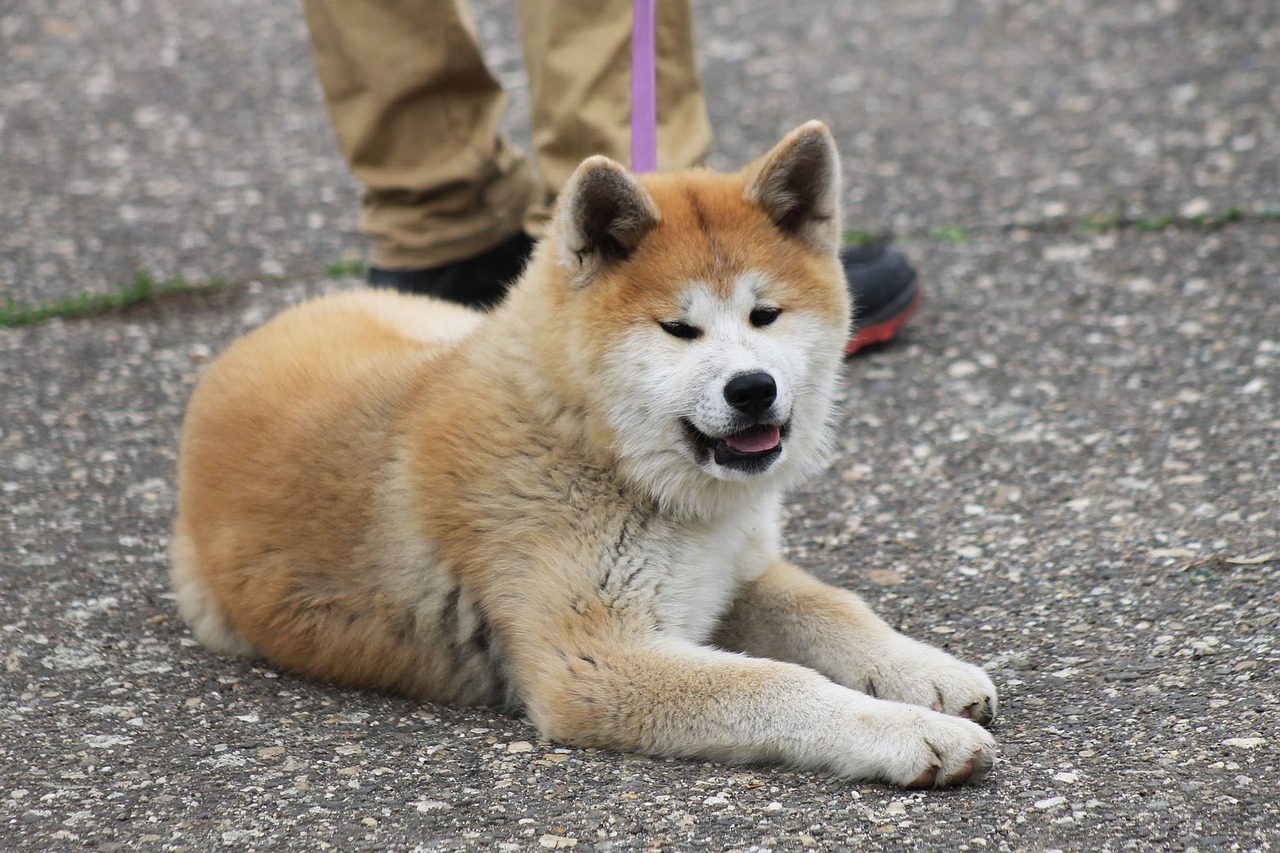
5. Chow Chow
Chow Chows are easily recognizable by their lion-like mane and unique blue-black tongue. While they are known for their aloof and independent nature, Chows require an owner who understands their unique temperament. They tend to be very loyal to their family but suspicious of strangers, which can lead to aggressive tendencies if not properly socialized. Chow Chows also have a thick double coat that requires significant grooming to prevent matting and overheating. Due to their independent and sometimes stubborn nature, they can be challenging to train and are not recommended for novice owners. Potential owners must be prepared to invest time in training, socialization, and grooming.
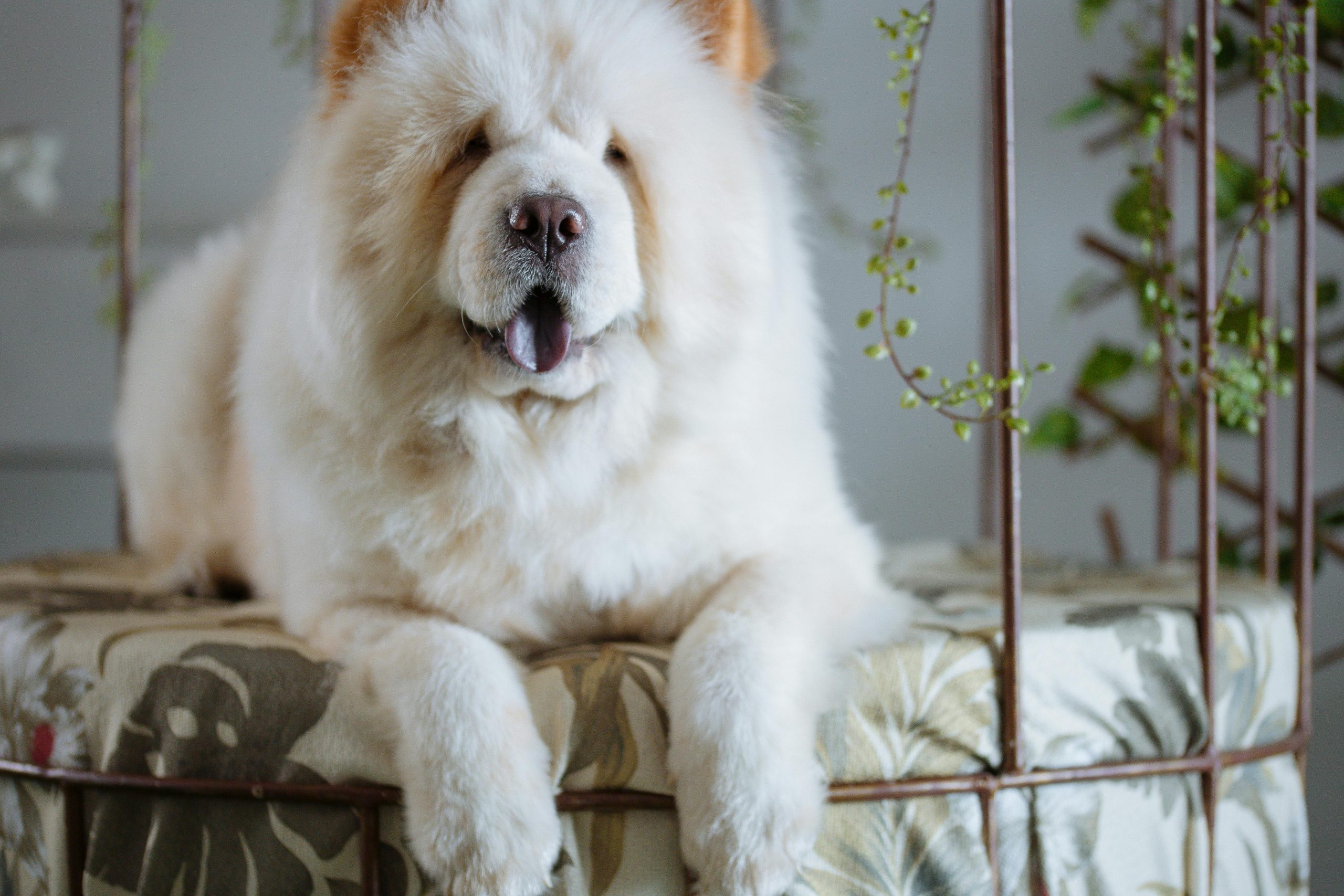
6. Shar-Pei
The Chinese Shar-Pei, recognizable for its deep wrinkles and blue-black tongue, is a breed that requires a dedicated owner aware of its health and socialization needs. Shar-Peis are prone to a variety of skin issues due to their unique coat and wrinkles, requiring regular care to prevent infections. They are also known for their aloof demeanor and can be standoffish with strangers, necessitating proper socialization from a young age. Shar-Peis have a strong protective instinct, which, while making them excellent watchdogs, can also lead to aggressive tendencies if not properly managed. The combination of health issues, grooming needs, and the necessity for thorough socialization makes the Shar-Pei a challenging breed for many households.
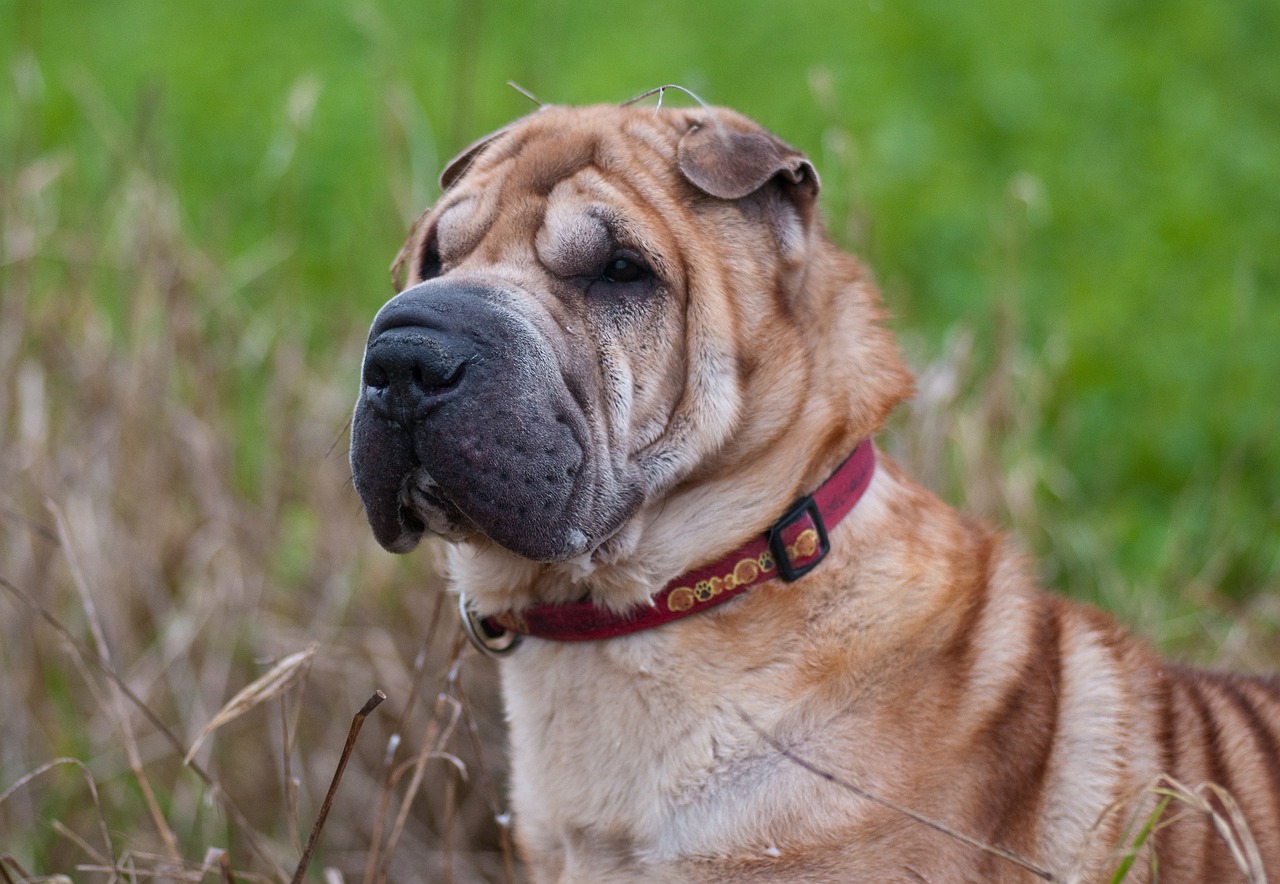
7. English Bulldog
The English Bulldog, with its distinctive wrinkled face and stocky build, is often sought after for its gentle disposition and comical expressions. However, Bulldogs are prone to a myriad of health problems due to their brachycephalic (short-nosed) nature, including breathing difficulties, skin infections, and joint issues. Their unique physical structure also makes them susceptible to overheating in warm weather. Bulldogs require regular veterinary care and monitoring to manage these health concerns. Additionally, their stubborn nature can make training a challenge. Prospective Bulldog owners must be prepared for the potential financial and time investment required to keep these dogs healthy and well-behaved.

8. Weimaraner
Weimaraners, or “Grey Ghosts,” are known for their striking gray coats and mesmerizing blue-gray eyes. Originally bred as hunting dogs, they possess high energy levels and an intense prey drive. Weimaraners require ample daily exercise and mental stimulation to prevent boredom and destructive behaviors. They are also known for their strong attachment to their owners, which can result in separation anxiety if left alone for extended periods. Training and socialization are crucial from a young age to manage their exuberant personality and hunting instincts. The Weimaraner’s need for constant companionship and activity makes them less suitable for busy families or those looking for a low-maintenance pet.

9. Saint Bernard
The Saint Bernard is famed for its gentle nature and history as a rescue dog in the Swiss Alps. Despite their friendly demeanor, Saint Bernards are giant dogs, requiring significant space and food. Their size also contributes to potential health issues, including joint problems and a shorter lifespan. They are prone to drooling and shed heavily, requiring regular grooming. The breed’s need for moderate exercise must be balanced with care to avoid overexertion, especially in hot weather. Saint Bernards are best suited for families prepared to handle their size and care requirements, including potential veterinary expenses related to their health issues.

10. Cane Corso
The Cane Corso is a powerful and imposing Italian mastiff breed, valued for its loyalty and protective instincts. While these traits make them excellent guard dogs, they also require an owner who can provide firm, consistent training and socialization. Cane Corsos have a strong will and can be dominant, which can lead to issues if not properly managed. Their size and strength also necessitate physical capability in handling and training. Additionally, the breed’s protective nature means they can be wary of strangers and aggressive towards other animals if not socialized early and effectively. Prospective owners should have experience with large, dominant breeds and be prepared to invest time in training and socialization.
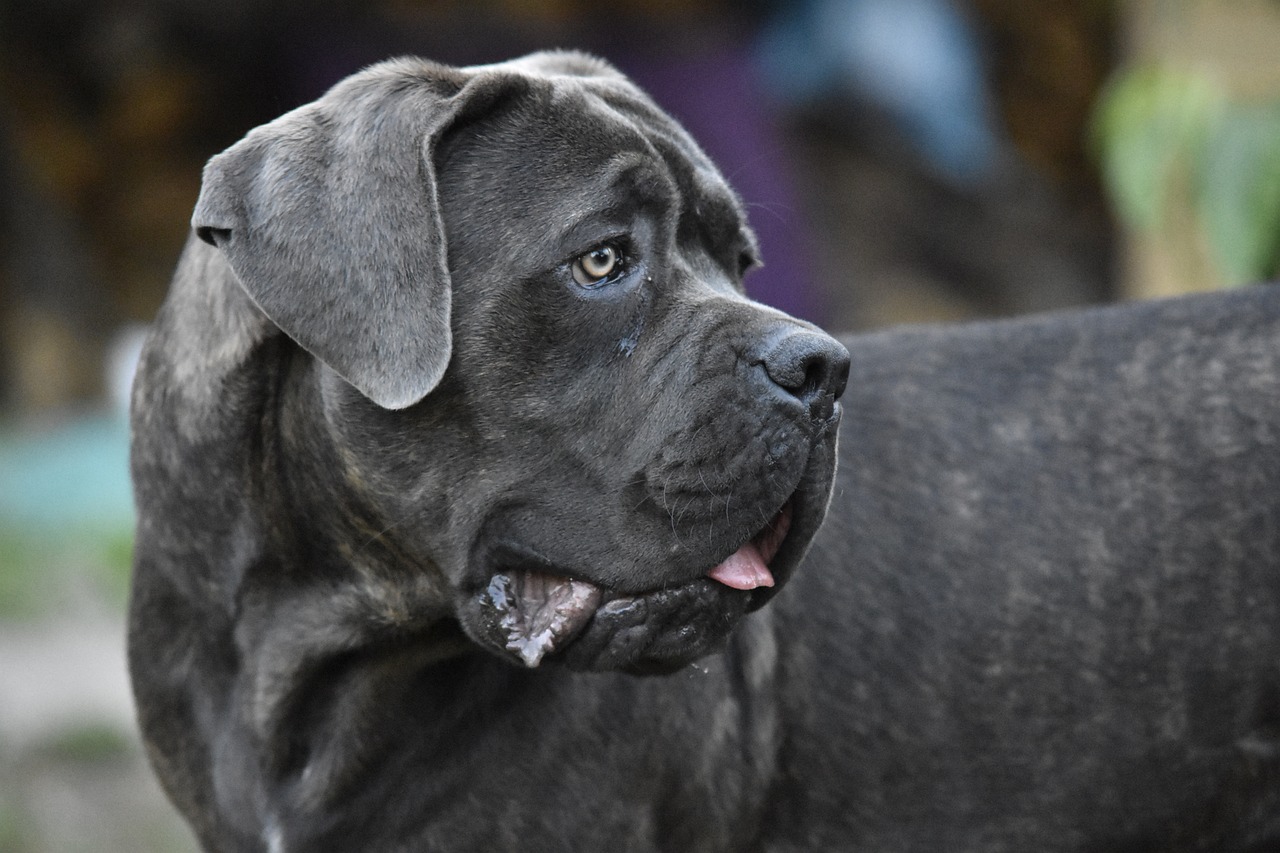
11. Border Collie
Border Collies are renowned for their intelligence, agility, and herding ability. While these traits make them exceptional working dogs and competitors in dog sports, they also mean Border Collies require significant mental and physical stimulation. Without a proper outlet for their energy and intellect, they can become bored and develop destructive behaviors. Border Collies are not suited to sedentary lifestyles or being left alone for long periods. They thrive in active homes where they can participate in advanced training, sports, or regular herding work. Their intense focus and energy levels make them less suitable for novice owners or those unable to commit to their demanding exercise and mental stimulation needs.

12. Great Dane
The Great Dane, known as the “gentle giant,” is admired for its massive size and kind nature. However, their size comes with challenges, including the need for ample space and higher costs for food and veterinary care. Great Danes also have a relatively short lifespan and are prone to health issues such as hip dysplasia, heart conditions, and bloat, which can be life-threatening and requires immediate veterinary attention. Their strength and size require confident handling and training to ensure they are well-behaved. Potential owners must be prepared for the physical and financial commitment required to care for a dog of this size.

In conclusion, while each of these breeds has unique and appealing qualities, potential dog owners must carefully consider their ability to meet the specific needs of these dogs. From high-energy breeds requiring ample exercise to those with significant health or grooming needs, the commitment to owning any dog, especially those listed here, should not be taken lightly. Choosing a breed that aligns with your lifestyle, experience, and capacity to provide care is essential for ensuring a happy and healthy relationship with your furry companion.
The post 12 Dog Breeds You Think You Want, But Probably Shouldn’t Get appeared first on iHeartDogs.com.
via Whisker Therapy
